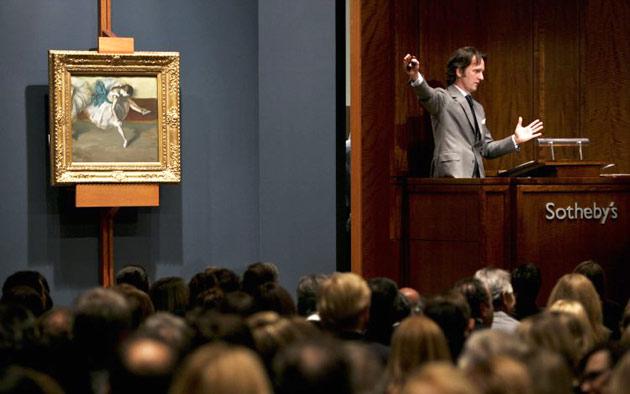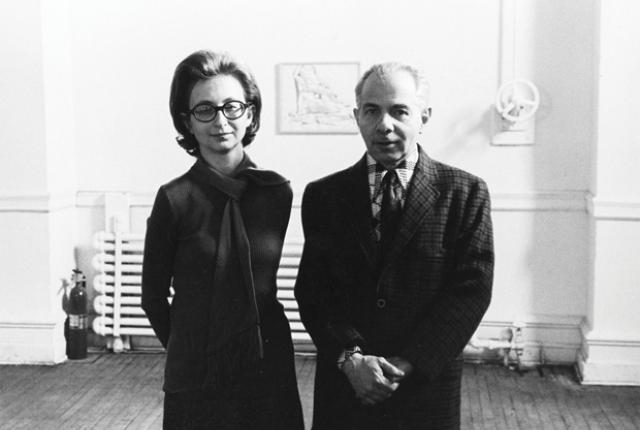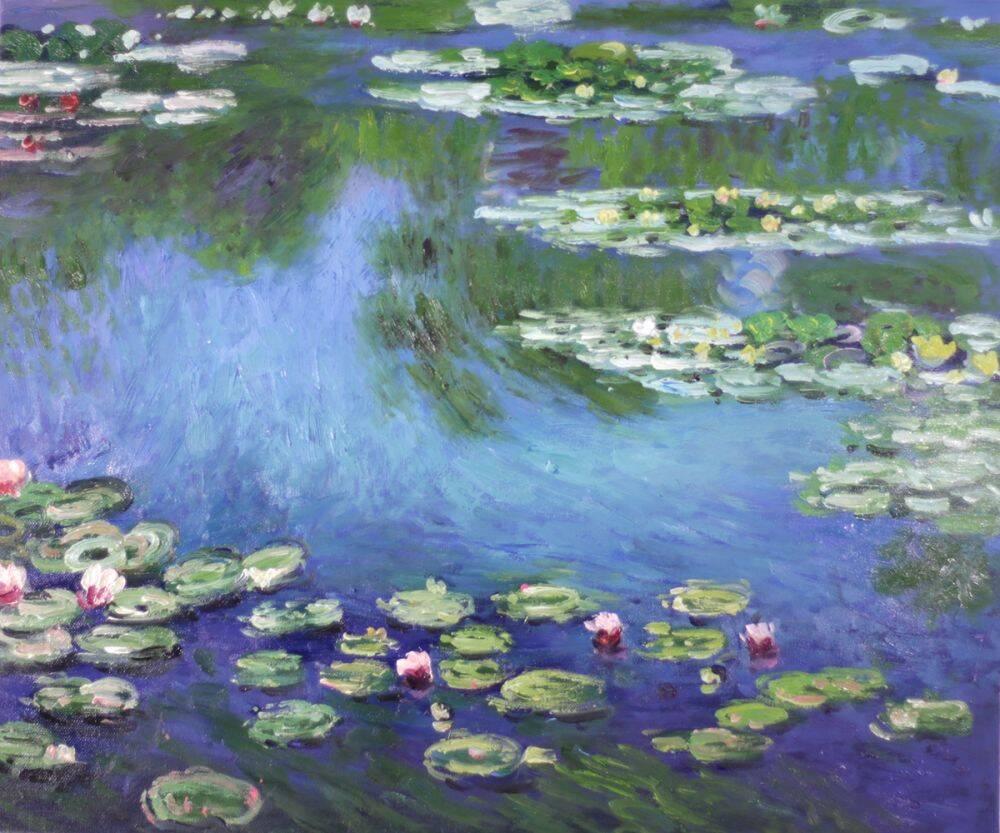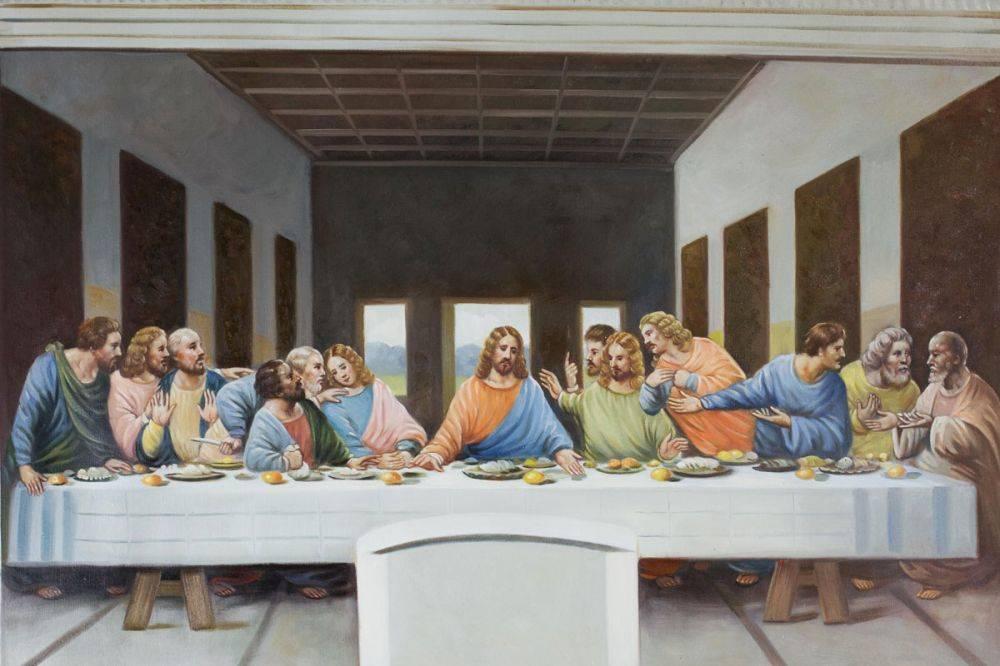Art & Decor Trends
Become an Art Collector: Art Investing 101
You’ve made a small fortune for yourself, and now you’re ready to invest. Looking at the current financial landscape there is not a lot of long-term investment opportunities that you can really feel comfortable with: The interest rates at the bank is at an all-time-low, the stock market is as volatile as ever, and you don’t enjoy the maintenance and headaches of owning real-estate. So where does one turn to?
Many are turning to the art world these days in hope of uncovering the next Picasso of our days, however, as a first time art buyer you’re not entirely sure where to start. From choosing the art to knowing where to get it (and what’s a fair price to pay), understanding how to start the process is a must. Unless you want to waste time, money and possibly wind up with a room filled with art that you just can’t stand to see, take a look at these tips for newbies to the art investment world.
Get to Know Your Own Style
There isn’t just one ‘valuable’ type of art. What’s hot in the art world changes constantly. In the beginning stage there’s no need to chase after the latest trends. While some artists may eventually bring you a higher price (if you choose to resell), you may not like the look of the ‘top’ picks. Get to know what your own personal art style is. Everyone has preferences. This may include an instant connection with a specific artist or an eye for a technique. You may also prefer a more realistic look over abstract art, or vice-versa.
Remember, the first art you invest in will probably be hanging in your living room so it is most important that you enjoy looking at it everyday…
Decide on a Budget
Investing in art doesn’t mean throwing down millions at Christie’s or Sotheby’s auctions. Not everyone has the budget to afford museum artwork – and that’s perfectly fine. You’re just starting, and it has to be somewhere. Pick a dollar amount that you feel comfortable spending. There is art to be found in all price ranges. Spending the most that you can doesn’t mean you’re going to get something that is worthwhile for you.
Local Gallery Search – Do Your Research
If you’re collecting to make a profit, know what you’re getting into before you buy. Only buy your art from reputable sources, otherwise you might end up with a fake or forgery. Keep in mind, paying a hefty price tag doesn’t always equal a money-making turnaround. A popular piece today may not be worth much down the road; since factors like an artist’s reputation can affect the value. Likewise, something that is inexpensive or unknown now may end up being worth a fortune later on. If you have questions about the price of an artwork, have it evaluated by an organization like the experts at Strauss and Co. Curators and art insurance brokers can also provide accurate values for art pieces.
Shopping at your local gallery is a very emotional-shopping experience, which is good to follow your heart, but not when it comes to investing in art. The galleries take over 30% commission for each art they sell, so it will not be easy to turn this investment around in the short run.
Start with Someone New
As a new collector you have the opportunity to start somewhere that’s equally as new. It’s unlikely that you have the funds to start buying a Claude Monet or a Van Gogh. Instead, consider starting with a little-known artist that strikes your imagination. For example, Artist Become (ArtistBe.com) features on-the-cusp artists who are new to the public. Picking an up-and-coming artist allows you to keep your investment at a lower price, while still getting top-notch quality in a style that you love.
There are a few indicators as to the chance that these artworks would increase in value over time:
- Which art schools the artist attended.
- Exhibitions the artist has participated in.
- Awards the artist has been nominated for or has won.
- The ideas behind the works, and how well these ideas are executed
- The artist track record of sales to date for collectors all over the world.
In the 1960s, Herbert and Dorothy Vogel, a working class couple who lived in a one-bedroom apartment in New York, started buying art. The Vogels had no formal training in art collecting. They didn’t aspire to become collectors or open a gallery. They bought art out of sheer love for the art and the artists they met along the way. Eventually the Vogels art collection amounted to one of the most impressive and important art collections of the 20th century of over 4000 works of art by some of the most well known artists of the 60s, 70s and 80s. This collection is offcourse priceless today.
But you don’t accumulate a priceless collection of anything by accident. Herb and Dorothy developed a methodical system for scouting, assessing, and purchasing art. When it came to mastering their hobby, the Vogels were self-trained professionals.
Buying work by emerging artists, often before they get taken on by galleries, is a great way to start a collection. We invite you to take the plunge, if you have any questions or are seeking further advice please comment and we will be sure to give you our fair assessment.






